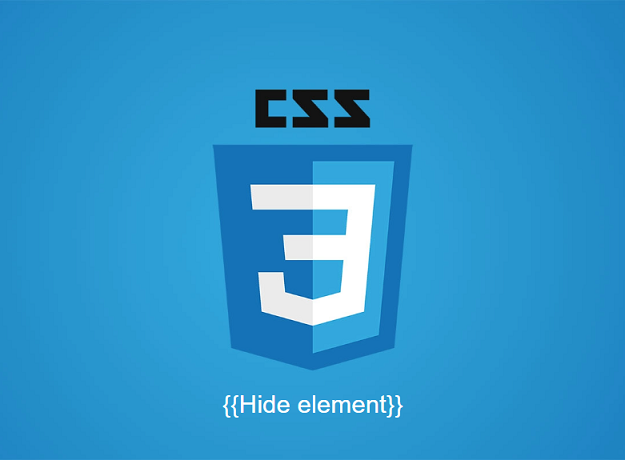In web development, there are several ways to hide elements in a webpage using CSS. Here are five techniques that can be used:
1- Display:
One of the most popular methods to hide an element is by using the 'display' property. This approach completely removes the element from the webpage and it doesn't occupy any space.
.element{
display:none;
}2- Visibility:
The 'visibility' property allows you to visually hide the element while still occupying space on the webpage.
.element{
visibility:hidden;
}3- Opacity:
By using the 'opacity' property, the element can be made fully transparent while still occupying space on the webpage.
.element{
opacity:0;
}4- Transform:
The 'transform' property can be used to decrease the size of an element while still occupying space on the webpage. It's important to note that prefixes should be used to ensure compatibility across all browsers.
.element{
-webkit-transform:scale(0);
-ms-transform:scale(0);
transform:scale(0)
}5- Clip-path:
The 'clip-path' property can be used to completely hide an element while still occupying space on the webpage. As with the previous technique, it's important to use prefixes to ensure compatibility across all browsers.
.element{
-webkit-clip-path:circle(0);
clip-path:circle(0);
}Prefixes in CSS are vendor-specific prefixes that are added to certain CSS properties to ensure compatibility across different web browsers.
These prefixes are used to specify that a particular property or feature is still experimental and may not be supported by all browsers.
They allow developers to use new CSS features without worrying about browser compatibility issues.
Common prefixes include -webkit-, -moz-, -ms-, and -o-.
